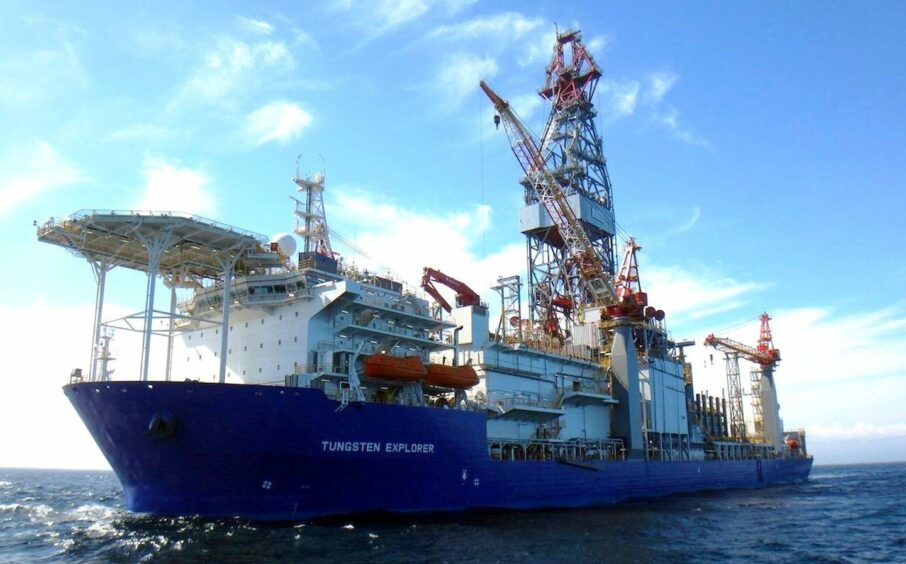
TotalEnergies is on the verge of starting drilling to follow up the largest 2022 discovery in the world, Namibia’s Venus, in Block 2913B.
Impact Oil and Gas said the multi-well programme would start before the end of February.
Total will drill the Venus-1A well first, using the Tungsten Explorer drillship. The Deepsea Mira will carry out a drill stem test. The Venus-1A will be 13 km north of Venus-1X.
Following this appraisal, the operator will re-enter the initial Venus-1X exploration well. The Deepsea Mira will re-enter and sidetrack this well, before carrying out another drill stem test.
The Tungsten Explorer will then drill the Nara-1X exploration well, in Block 2912. Should this be successful, the rig will drill an appraisal well and carry out flow testing.
Drilling in Block 2912 is expected in mid-year.
The Tungsten Explorer is currently anchored off Walvis Bay. The Deepsea Mira is due in the second quarter.
Major scale
For Total, Namibia represents a major exploration investment this year. Speaking earlier this month, chairman and CEO Patrick Pouyanné said the company would spend half its 2023 exploration budget in Namibia, with an investment of $300 million.
Impact CEO Siraj Ahmed said 2022 had been transformational for the company. “We are excited to see both the Tungsten Explorer and the Deepsea Mira embark on this extensive drilling programme, designed to accelerate the appraisal of the Venus field and drill the first exploration well in our neighbouring licence, Block 2912.
“This programme will provide vital information that will hopefully enable the joint venture to press ahead with development”.
Impact has 20% in Block 2913B, which falls under PEL 56. It also has 18.89% in Block 2912, in PEL 91. Total has 40% and 37.8% respectively. QatarEnergy (QE) has 30% and Namcor 10% in PEL 56. QE has 28.33% and Namcor 15% in PEL 91.
The Maersk Voyager drilled the Venus find in early 2022. It drilled the well in 3,000 metres of water, reaching a total depth of 6,296 metres. It found high quality light oil-bearing sandstone in the Lower Cretaceous, with rumour suggesting the find may be in the billions of barrels.
Fast track
Impact exploration director Phil Birch said the aim of the work programme in 2023 was to prove how Venus might flow and investigate “a potentially material extension into the adjacent licence. If successful, it will result in two potentially fully appraised early production centres, one on Block 2913B and the second on Block 2912.”
Pouyanné also noted the possibility of early production. The plan, he said, would not be “to appraise everything”. Instead, the partners in the block would “accelerate the time to market … if we have the chance to really confirm the volumes, which seems to have been discovered, there will be room to make fast track developments like we did on Block 17, 25 years ago.”
The official noted had been involved in Angola during the early days of Block 17. The licence, which Total has described as its “golden block”, has four FPSOs on it and with production peaking at 700,000 barrels per day.
Pouyanné did, though, also warn against getting carried away. With only one well drilled on the block, it would be premature to talk about “billions of barrels, but we don’t have the data”. Until the company tests the wells, it is impossible to determine permeability.
Another question would be Impact’s future role in the exploration plan. The company was carried for the initial exploration well. As costs rise, Impact management will have to work out when best it might be to plan an exit.
